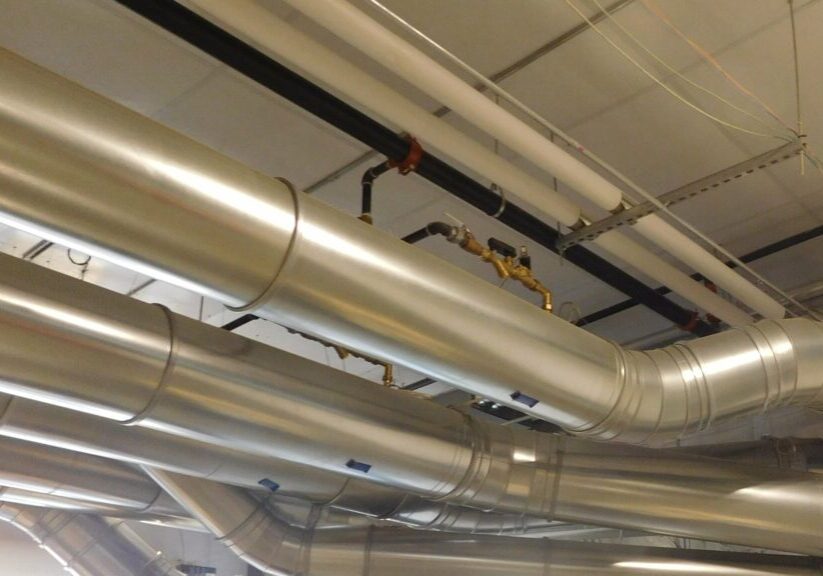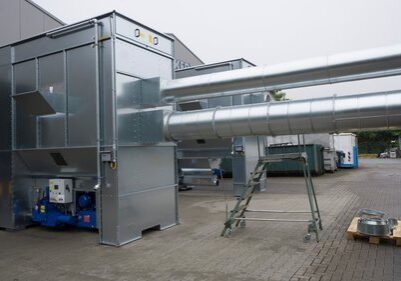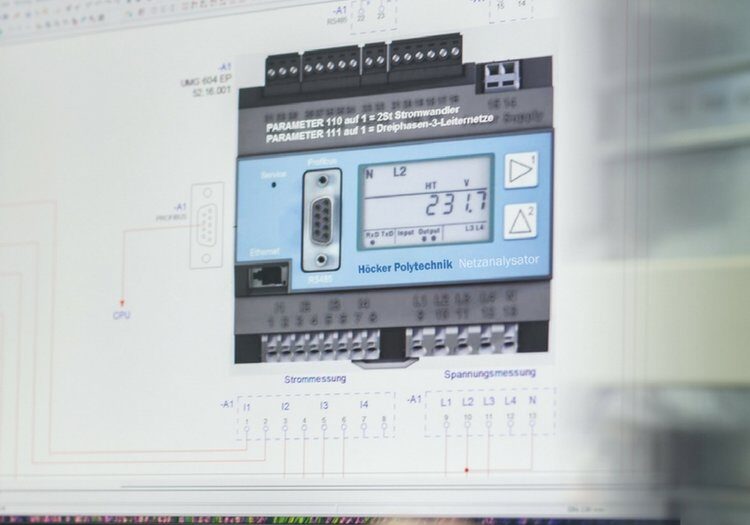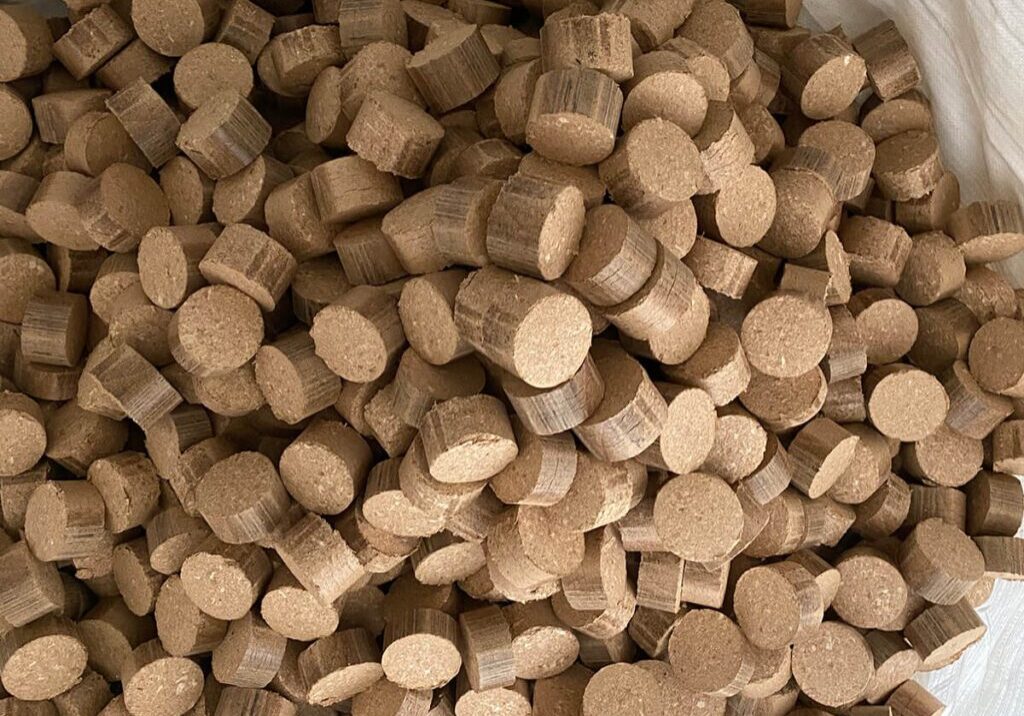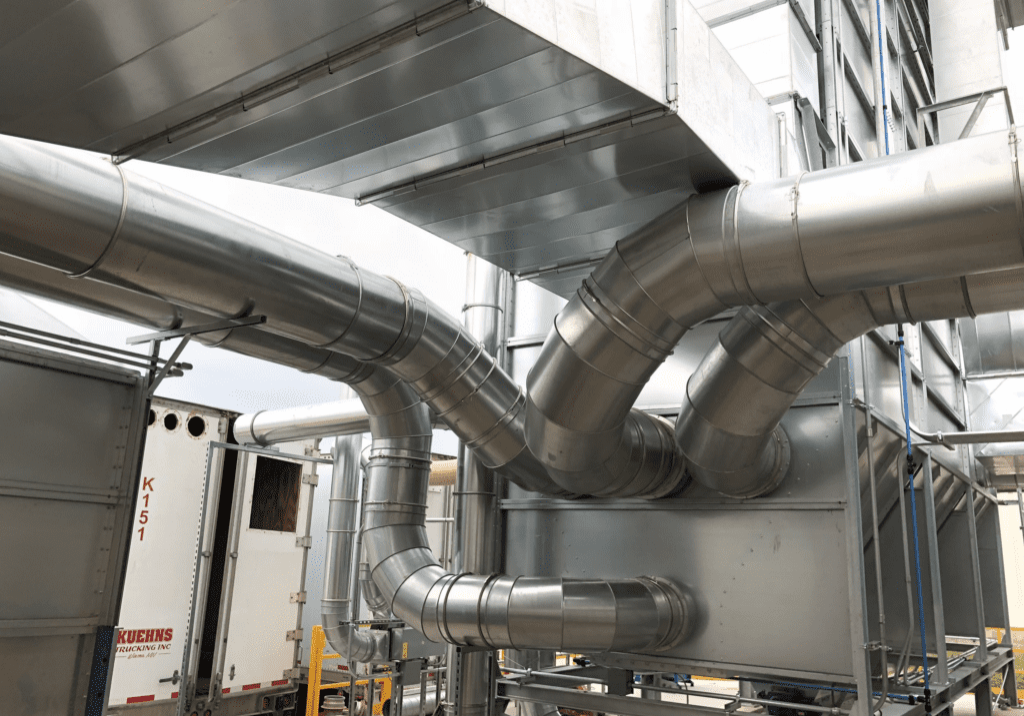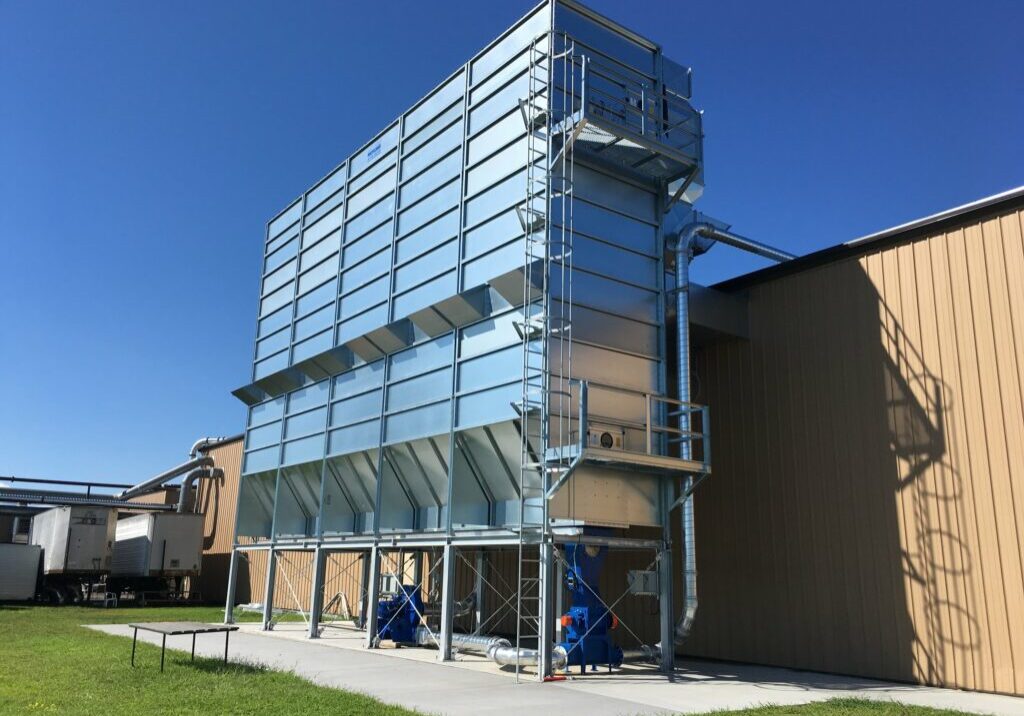A Dust Hazard Analysis (DHA) is a detailed evaluation of your facility’s combustible dust risks. According to NFPA 652, any facility handling or generating combustible dust must conduct a DHA to assess the potential for fire, explosion, and dust-related hazards. For engineers, this process is both highly technical and crucial for compliance.
How to Conduct a DHA
1. Identify Combustible Dust Sources: Any point in the process where wood dust is generated, handled, or stored should be assessed. Common sources include sanding machines, cutting equipment, dust collection systems, and storage areas.
2. Evaluate Dust Accumulation and Dispersion: Dust can settle on surfaces or be suspended in the air, creating a potential explosion hazard. Engineers must evaluate where dust is accumulating and how it is being dispersed within the facility.
3. Analyze Potential Ignition Sources: Electrical components, machinery friction, hot surfaces, and static electricity are all potential ignition sources. A thorough DHA will document all possible ignition points within the system.

4. Understanding Dust Explosions: The Explosion Pentagon
- Oxidant (oxygen in the air)
- Ignition Source (heat, sparks, static electricity)
- Fuel (combustible dust)
- Dust Dispersion (dust suspended in the air)
- Confinement (pressure buildup in an enclosed space)
When all five factors are present, a dust explosion can occur, starting with a primary explosion that can lead to more destructive secondary explosions. Even a minimal accumulation of dust (1/32 inch) can cause secondary explosions, especially if the dust has settled on surfaces like rafters or equipment.
5. Review Current Mitigation Controls: Evaluate current fire prevention measures, including dust collection efficiency, spark detection, and explosion suppression systems. Are these systems functioning as intended? Do they meet the scale of your facility’s dust production?
6. Risk Assessment and Recommendations: Once the hazards are identified, assess the level of risk and prioritize which areas require immediate attention. Recommendations should be based on a technical analysis of the dust collection efficiency, spark detection systems, and airflow management.
When to Conduct a DHA:
- Initial Setup: A DHA is required when setting up a new woodworking operation.
- System Modifications: If equipment, ductwork, or dust collection systems change, update the DHA accordingly.
- Periodic Reviews: NFPA 652 mandates that DHAs be reviewed and updated every 5 years, ensuring ongoing safety and compliance as your facility evolves.
Read more on how to conduct a full DHA to ensure your facility is in compliance.
 Pro Tip: When conducting a DHA, consider using high-precision tools like real-time particle counters and Computational Fluid Dynamics (CFD) simulations to map dust dispersion patterns. These advanced techniques provide deeper insights into your facility’s dust behavior, allowing for more targeted mitigation strategies and long-term safety improvements.
Pro Tip: When conducting a DHA, consider using high-precision tools like real-time particle counters and Computational Fluid Dynamics (CFD) simulations to map dust dispersion patterns. These advanced techniques provide deeper insights into your facility’s dust behavior, allowing for more targeted mitigation strategies and long-term safety improvements.

![JB1_20171218_00084_preview[1] JB1_20171218_00084_preview[1]](https://hockeramerica.com/wp-content/uploads/bb-plugin/cache/JB1_20171218_00084_preview1-1024x576-landscape-058e06ffcab491e0754d8eabda55517c-.jpeg)
